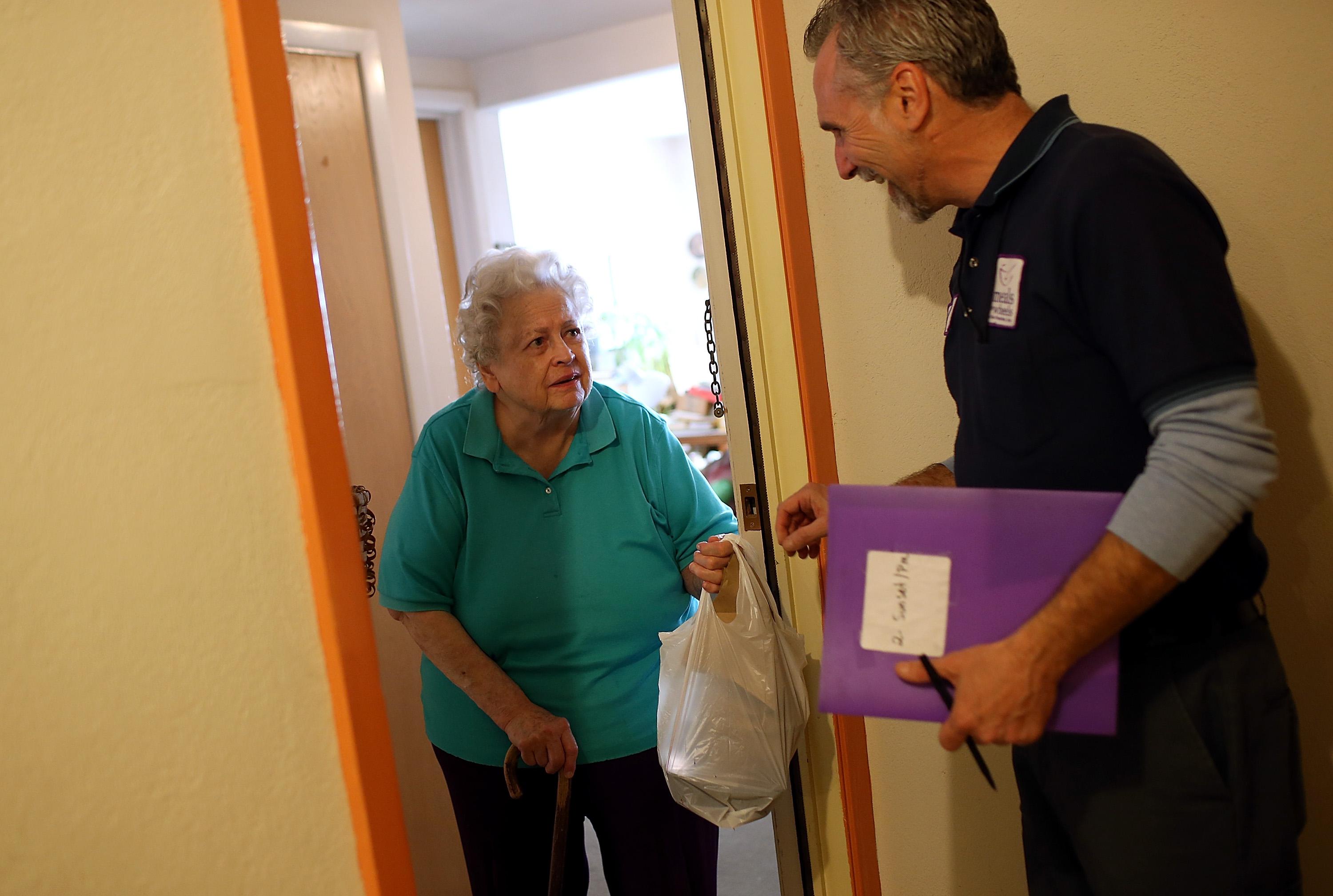Life expectancy is increasing, which leads some to say that we should raise the eligibility age for retirement programs, but as Michael Fletcher explores at some length today, those gains have accrued overwhelmingly to society’s higher socioeconomic status individuals. Working class life expectancy has largely stagnated, so an age-based cut to Medicare would in effect be a sharply regressive one.
But beyond retirement policy it would, of course, be good to know what’s directly causing this life expectancy inequality so we could take steps to get people enjoying healthier longer lives. One set of possibilities revolves around access to health care services—health care is expensive, so richer people can buy more of it—and to the extent that this is the main cause the Affordable Care Act should make a substantial difference. Another set of possibilities would be that lower income people are disproportionately exposed to negative environmental health risks. Living near highway interchanges, for example, tends to cause asthma. Or it could be that higher incomes let you buy things other than health care services that are effective at promoting good health. Maybe McDonald’s is really bad for you in some way that eating out at more expensive places isn’t. Still, this is one of those cases where the point that correlation isn’t causation seems relevant. There’s a strong sociological linkage between class and smoking, and a strong biological linkage between smoking and dying, but it seems unlikely (though possible, someone should research it) that higher transfer payments to the poor would lead to a lower smoking rate.
At any rate, the growing health and life expectancy gap is in my view much more disturbing than the income inequality gap as such. It’s very important that we try to understand it better and in particular that we try to understand exactly what’s driving it and how it can be addressed.
